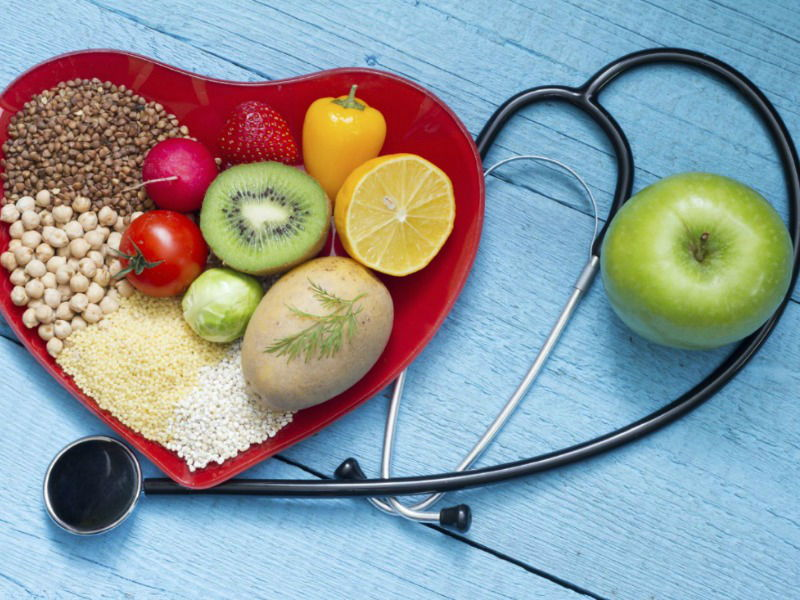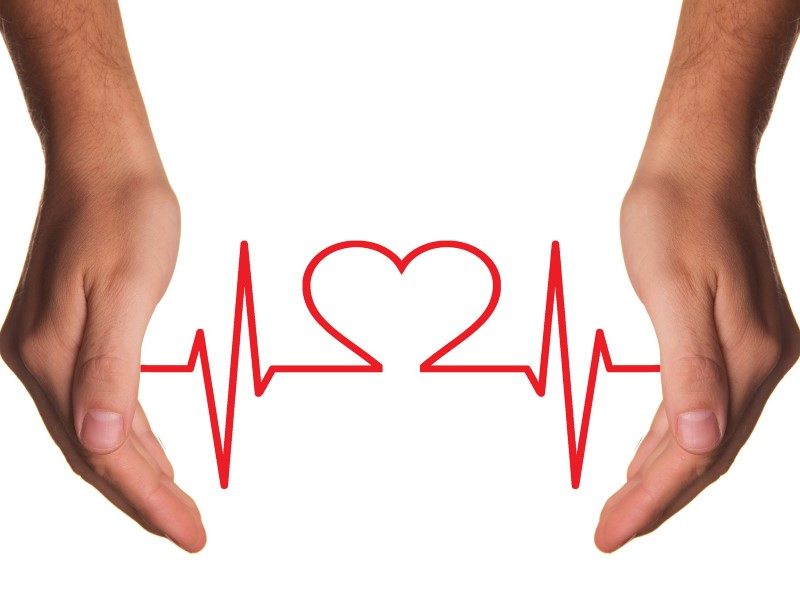Cholesterol is found everywhere in your body and has essential natural functions when it comes to producing hormones, digesting foods, and producing vitamin D. It is generated by the body and can also be taken in from food.
Cholesterol is fat-like and waxy in appearance. It is both good and bad. There are 2 types of cholesterol. HDL (good cholesterol or high-density lipoproteins) and LDL (bad cholesterol or low-density lipoproteins). At normal levels, it is an important substance for the body, but if concentrations in the blood get too high, it turns into a silent danger that causes risk of heart attack.

Here are some facts on cholesterol:
- Cholesterol is a fundamental substance, produced by the body. It is also ingested from animal-derived foods
- Having high levels of cholesterol doesn’t usually produce any symptoms
- The most serious risk factors for high cholesterol are lifestyle choices – exercise and diet
- If lifestyle changes are unsuccessful or cholesterol levels are extremely high, lipid-lowering drugs such as statins may be recommended.
Find out some of the causes of high cholesterol and change your lifestyle to keep it at normal levels.
Food

Eating too much trans fat and saturated fat can raise your cholesterol levels. A diet rich in vegetables and fruits, beans, whole grains, and good fats can help lower the “bad cholesterol”.
In general, avoid the food if any of these things appear high on the product label’s ingredient list:
Trans fats: These are harmful to you! They can be found in packaged snacks such as cookies, pastries, crackers, breakfast sandwiches, microwave popcorn, cream-filled candy, doughnuts, fried fast foods, frozen pizza and some types of margarine. Read the nutrition facts to be aware of all the fats in the product.
Salt: Too much sodium can raise your pulse. You probably already know not to have too much salty snack foods and canned soup. But did you know it can also be hidden in rolls and breads, cold cuts and cured meats, some chicken, pizza, and some fast-food products?
You might be surprised how frequently it’s also found in frozen foods. Read labels and try not to get more than 2,400 milligrams daily.
Sugar: Sugar might cause problems such as heart disease, weight gain, and diabetes as well as cholesterol. It is essential to limit the the sugar in what you drink and eat.
Sport

Make movement a part of your cholesterol-lowering plan to avoid heart disease. Research proves that a combination of aerobic (cardio) and resistance training is the best thing to do for reducing the risk of heart attack. In a study of obese and overweight participants, researchers found out that engaging in both types of activity gave more benefits for fat and weight loss rather than practicing either of the mentioned.
Lifestyle

If you want to keep your cholesterol levels in normal range, you should not only exercise regularly and eat a heart-healthy diet.
You should…
… quit smoking…
Smoking brings down your HDL (good) cholesterol levels. It makes all heart health markers bad: smoking causes inflammation, which can contribute to blood clots, atherosclerosis, and risk of heart attack. Consult with your doctor and build up a plan to help you quit smoking.
… and drink alcohol only in moderation
Moderate use of alcohol has been connected with higher levels of HDL cholesterol, yet the benefits are not strong enough to recommend alcohol for anyone who does not already drink. If you drink alcohol, do so with some restrain. For healthy grownups, that means up to one drink per day for ladies of all ages and men older than age 65, and up to 2 drinks per day for men age 65 and younger.
Drinking a lot of alcohol prompt dangerous health problems, including heart failure, high blood pressure and stroke.






